Table of Contents
What happens if you let radishes grow too long?
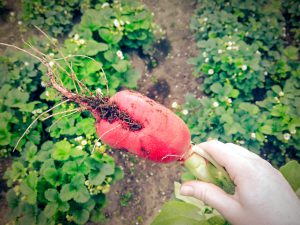
If you have ever grown radishes, then you know that they are easy to grow and don’t require much maintenance. However, there is such a thing as letting them grow too long and too much. If you don’t harvest your radishes in a timely manner, they can become tough and bitter. So what happens if you let radishes overgrow?
• The first thing you’ll notice is that the radishes will start to get much larger than you may expect them to be. They can even quadruple in size if you let them go for too long.
• Along with their size, the radishes will also change color. They’ll start to develop an unusual tint. It depends on the variety of radish, some varieties might stay white when they get big, while others turn slightly grey or brown.
• The flavor of the radishes will also change as they grow too large. They’ll become much more bitter and sharp, which some people might find unpalatable. Overgrown radish has noticeably fibery texture. As the plant grows, the root absorbs more nutrients and water from the soil, which causes it to become larger in size and with a tougher skin. The interior of the root also becomes more woody and fibrous.
• The overgrown radish can have cracked skin. This is because the radish will continue to grow in size and excess water will accumulate, leading to splitting or bursting of the skin. To avoid this, make sure you harvest the radish at the right time when it is still small in size.
• If you do decide to let your radishes grow too long (or have just forgotten to harvest them on time), fret not, there are still some ways to use them up and enjoy them. They may not be as pretty or as tasty as they once were, but they can still be enjoyed if you know how to prepare them properly.
Radishes are an annual plant, meaning they will only live for one growing season. Once they have flowered and produced seed, their life cycle is complete. Some gardeners choose to let their radishes go to seed, as this can provide a source of radish seed for the following year. Other gardeners may simply be interested in observing the plant’s natural lifecycle. Most varieties of radish will flower within 50 days of planting. However, some radishes can take up to 75 days to flower. Once your radishes have flowered, you can either allow them to produce seed or pull them up and discard them.
What to do when you get overgrown radishes?
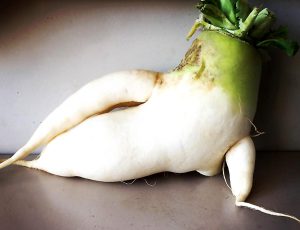
If your radishes have gotten a little out of control and are starting to take over your garden, don’t despair! There are plenty of things you can do with them.First, take the ugliest and largest radish to the tasting contest. Wash, peel and cut a small bit to evaluate the condition. It might look big and ugly, but it may still be pretty good, because the maturity and texture varies between species of radishes.
If your radishes are not too hard to chew on, you can then proceed with some of the usual recipes. Here are a few ideas:
1. Make roasted radishes. Radishes are surprisingly sweet when they’re roasted, so give them a try! Simply wash and trim the radishes, then toss them with a little olive oil and salt. Roast in a 400 degree oven for 20-25 minutes, stirring once or twice.
2. Pickle them. Pickled radishes are a delicious addition to any meal, and they’re easy to make at home. Simply wash and slice the radishes, then add them to a jar with some vinegar, water, and spices. Let them sit for a few hours (or even overnight) and enjoy!
3. Use them in a stir-fry. Radishes are a great way to add some crunch to a stir-fry. Just wash, trim, and slice them thinly, then add them to the pan along with your other ingredients.
4. Make radish chips. If you’re looking for a healthy alternative to potato chips, try making radish chips! Simply wash and slice the radishes thinly, then toss with a little olive oil and salt. Spread them on a baking sheet and bake at 400 degrees for 15-20 minutes.
5. Add them to a salad. Radishes are a classic salad ingredient for good reason – they add a nice crunch and a hint of peppery flavor. Just wash, trim, and slice them thinly, then add them to your favorite salad recipe.
If you’re bit out of luck this time, for example if you find that they got too big and woody to eat raw. The good news is that these radishes are still perfectly edible, but they probably need to be cooked before they can be enjoyed. We’ve all been there. You let your radishes grow a little too long and they become stringy, hard to chew, and totally unappetizing. But don’t give up on those radishes just yet! With this recipe, you can salvage your overgrown radishes and turn them into a delicious and healthy dish.
Here’s a quick and easy way to salvage your overgrown radishes so that you can still enjoy them:
How to Cook Overgrown Radishes
1. Cut the radishes into small pieces using a sharp knife. If the radishes are very large, you may need to cut them into quarters or eighths.
2. Place the cut radishes into a pot of boiling water.
3. Boil the radishes for 3-5 minutes, or until they are tender.
4. Drain the water from the pot and add butter, salt, and pepper to taste. Serve immediately. Enjoy!
How to spot an overgrown radish?
If you’ve ever seen an overgrown radish, you know that they can be quite a sight! But how can you tell if a radish is overgrown? Here are a few tips:
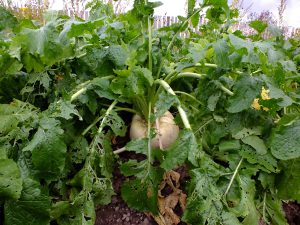
1. The leaves of an overgrown radish will be much larger than those of a normal radish. They may also be a different color, such as green or yellow.
2. The roots of an overgrown radish will be much longer and thicker than the roots of a regular radish.
3. An overgrown radish will generally be much more red than a normal radish. They can grow to be several times the size of a regular radish, so they will definitely stand out.
4. An overgrown radish may also have some green leaves coming out of the top of the root.
5. If upper part of radish protrudes too much from the ground, it may be overgrown.
If you see a radish that meets any of these criteria, then it’s probably an overgrown radish! However, even if overgrown, your radish is still useful. The larger the radish gets, the more starch it accumulates. This makes the radish taste sweeter and increases its nutritional value. However, as the radish grows bigger, it also becomes tougher and less flavorful.
How is the flavor different from a regular radish?
So, what happens to the flavor if you let radishes grow too long? Well, the flavor will become more intense and the texture will start to deteriorate. The radishes will become harder and less crunchy, making them less than ideal for salads or as a garnish. Typically, the younger radishes are more tender and have less of a stringy texture than the older ones.
If you do decide to eat overgrown radishes, be sure to cook them first. This will help to mellow out their flavor and make them more palatable. Radishes can be roasted, sauteed, or even grilled – just be sure to add them to your dishes at the very last minute so that they don’t have a chance to overcook.

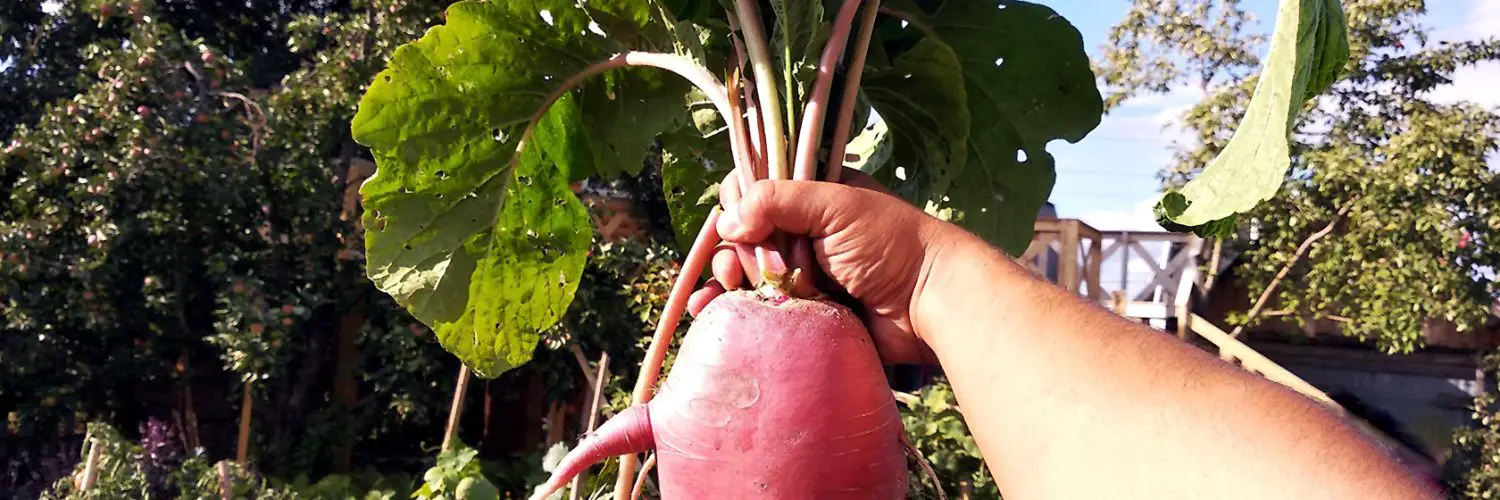

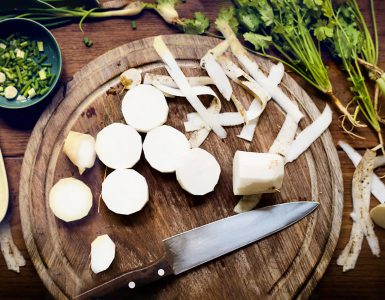










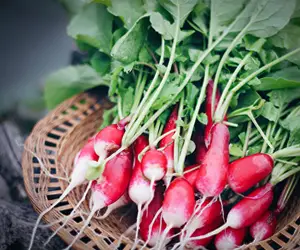

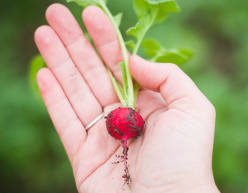






Great article, made my day and my dinner! Thank you
So informative things are provided here,I really happy to read this post,I was just imagine
Thank you for the info. I forgot about them in the garden and now the radishes are huge. We will boil them and give them a try.